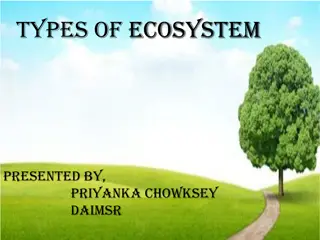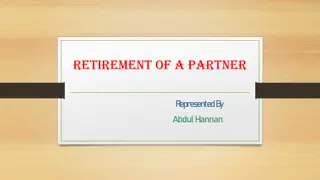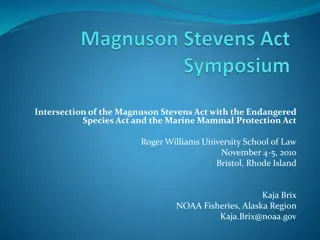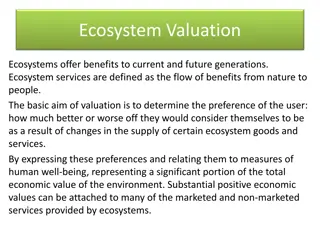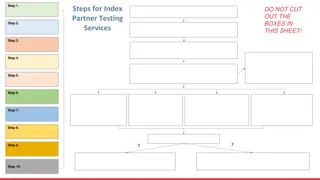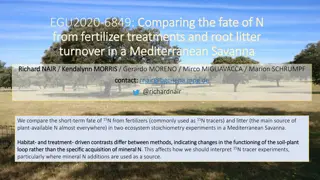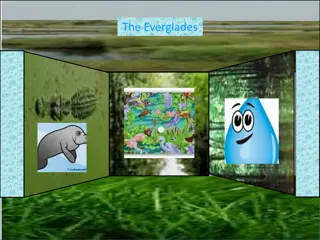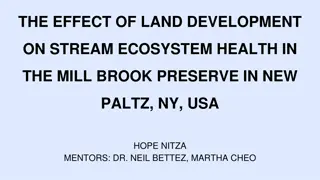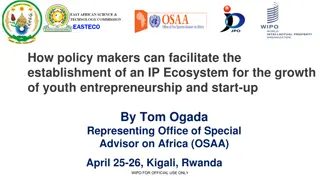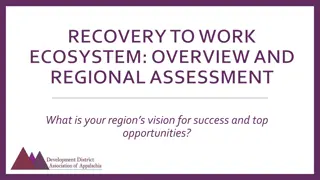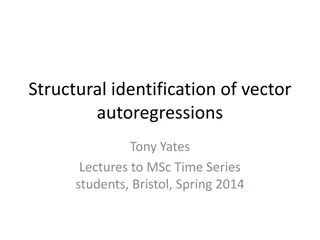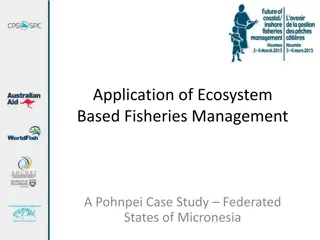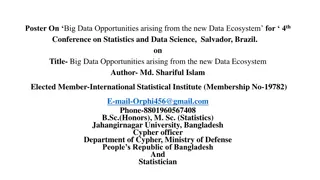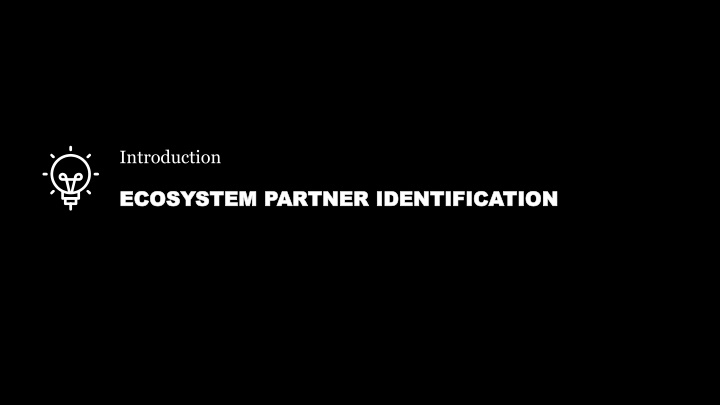
Ecosystem Partner Identification Tool for Collaboration
The Ecosystem Partner Identification Tool helps in recognizing external partners to bridge internal gaps, outlining necessary actions for support and partnership establishment. It guides users to list areas requiring external support, identify existing partners, and consider potential new collaborations. The tool provides examples and instructions for engaging with partners effectively, enabling a structured approach to ecosystem development.
Download Presentation

Please find below an Image/Link to download the presentation.
The content on the website is provided AS IS for your information and personal use only. It may not be sold, licensed, or shared on other websites without obtaining consent from the author. If you encounter any issues during the download, it is possible that the publisher has removed the file from their server.
You are allowed to download the files provided on this website for personal or commercial use, subject to the condition that they are used lawfully. All files are the property of their respective owners.
The content on the website is provided AS IS for your information and personal use only. It may not be sold, licensed, or shared on other websites without obtaining consent from the author.
E N D
Presentation Transcript
Introduction ECOSYSTEM PARTNER IDENTIFICATION ECOSYSTEM PARTNER IDENTIFICATION
INTRODUCTION Ecosystem partner identification Ecosystem partner identification The ecosystem partner identification tool supports you in identifying external partners that can help in bridging internal capability and technology gaps listing activities required to get the needed support / establish the partnerships Purpose Illustration of the tool 1. List key areas / activities where you would need support from external partners, reflecting on your capability and technology assessment (1) 2. List existing partners that could support with the identified areas / activities (2a) Instructions 3. List potential new partners that could support with the identified areas / activities, where existing partners are not able to help (2b) Chapter 5: How to design the transformation journey? Supporting materials 4. Write down actions required to get required support from existing partners (3a) 5. Write down actions required to establish required new partnerships (3b) Potential ecosystem partners Ecosystem development Illustrative playbook pages please refer to the entire chapter for support. 2
EXAMPLE Ecosystem partner identification Ecosystem partner identification Example activity: Request an offer from Company ABC Example partner: Company ABC Example activity: Product take-back at end-of life Example activity: Book a meeting & request prototype for testing Example activity: 3D printing technology Example partner: 3D Tech Oy Example 3
Tool ECOSYSTEM PARTNER IDENTIFICATION ECOSYSTEM PARTNER IDENTIFICATION
Ecosystem partner identification (1) List key areas / activities where you would need support from external partners, reflecting on your capability and technology assessment. (2a) List existing partners that could support with the identified areas / activities (2b) List new partners that could support with the identified areas / activities (3a) What activities are required to get support from the current partners? (3b) What activities are required to establish a partnership with the identified new partners? e.g. product/solution design, raw material supply, waste management, recycling, taking back products at end-of-life, data collection & analysis, technology implementation, etc Tip: think about partners both upstream and downstream in your value chain (i.e. suppliers & companies interacting with your customers)

